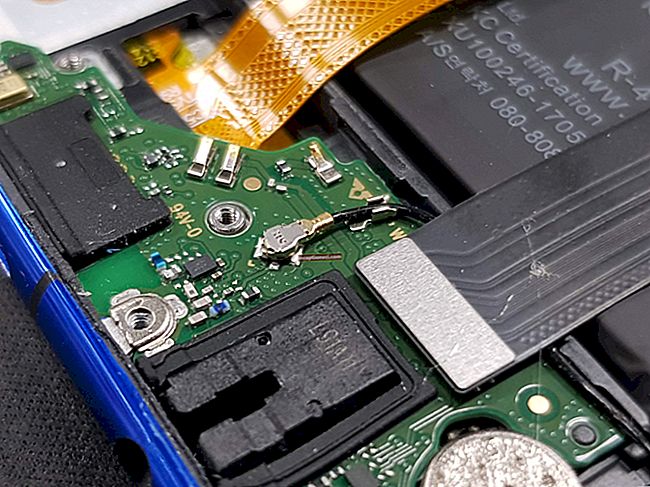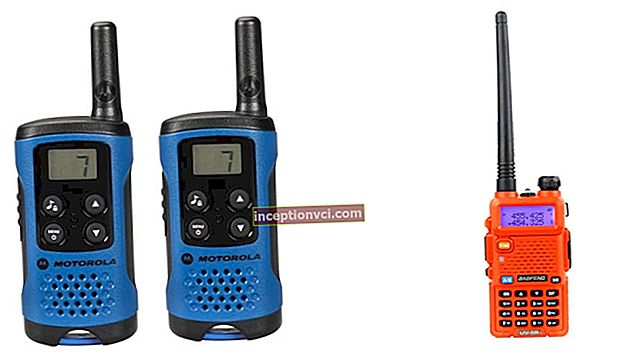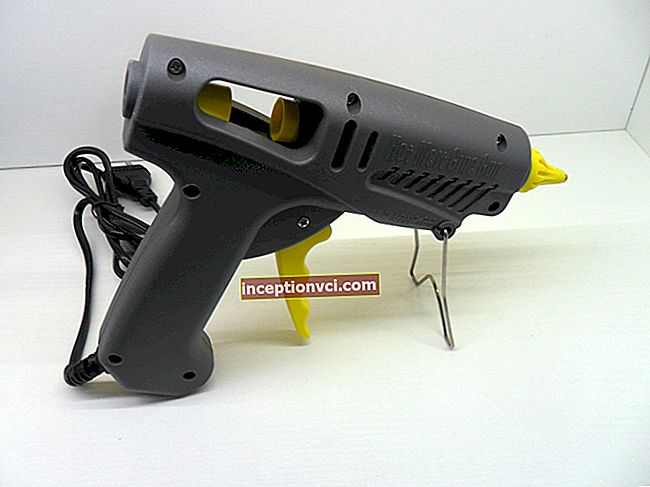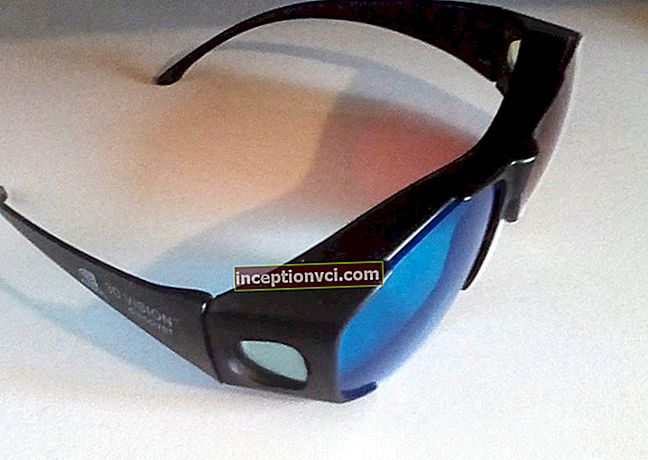Olympus E-500 review
Olympus' first amateur SLR - the rectangular E-300 - hardly resembles an SLR camera. On the whole, it turned out to be not a weak camera, although it had some gaps in the core of its functional and high-quality basis, which would not hurt to be repaired (more precisely, remade). But if after many years it even occurs to someone to release reproaches to the E-300, then first of all they will concern the design decision. Indeed - why exactly a porro-prism with a mirror folding to the side instead of the usual pentaprism viewfinder, which gives a brighter image? Let this question remain rhetorical, especially since, at last, we have received from Olympus an amateur SLR with a traditional design.

The body of the E-500 is only a couple of millimeters wider and deeper than the little Canon 350D, but ergonomically it is much more comfortable due to its overall balance, especially in combination with the "whale" 14-45mm lens, and a wide rubberized grip. In general, since the days of the Nikon D70, we have not had a chance to deal with a camera as easy to use as the Olympus E-500. Compared to it, the previous E-300 loses both in weight and in size, and, as a result, in ergonomic feel. A pushbutton dial on the back of the chassis follows the layout of the 350D's controls, with navigation pad keys that provide access to important settings such as white balance and ISO. True, the laconicism of the external controls contrasts strikingly with the unusually ramified system of the E-500 virtual menu. To be honest, we never got to some of the secondary functions of the camera. At the same time, the process of familiarization with the menu is facilitated by clear, often consisting of several words for the sake of completeness, the names of the operating options. To the credit of the manufacturer, it is worth mentioning the 2.5-inch LCD display and the new HyperCrystal technology. Hypercrystalline image? Judging by the level of clarity, brightness and color saturation on the screen, literally so it can be said. The maximum angle at which the picture can still be viewed is an impressive 160, and even direct sunlight is not a serious hindrance. But the optical viewfinder, although of a pentaprism type, is still disappointing: the focusing screen is too small, fine details are poorly discernible, the "tunnel" effect. The viewfinder displays only three AF points (while some models of this class have as many as seven). In principle, given that most professionals work with only one central point, this can hardly be considered a serious drawback. The E-500's autofocusing system worked flawlessly, and only in rooms with insufficient light did we have to resort to AF illumination due to the built-in flash. Speaking of the flash: its guide number, or, roughly speaking, "range", is now 13, not 11, and the flash itself in the raised position is located even higher above the axis of the lens, which reduces the likelihood of red-eye. The proprietary multisegment metering Digital ESP of the E-300 worked in a strange mode, more reminiscent of a point mode. If, for example, a large white object was in the center of the frame, the camera, guided by it, underexposed the rest of the image. The E-500 has no trace of this problem - the metering works almost like a clock.
The functional legacy of the camera, of course, is not limited to this. It features a depth-of-field preview mode, mirror lockout to eliminate any vibration and resulting blur in the image, and even a "set" of color filters that mimic the technique of traditional black and white photography.For example, a yellow filter darkens the sky, a red filter increases its contrast, an orange filter makes sunsets more spectacular, etc. Finally, I would like to say a few words about the speed characteristics of the E-500. Considering that every time at the start the sensor is cleaned from dust using an ultrasonic wave filter, the turn-on time of 1.8 seconds can be considered better than average. In terms of continuous shooting speed, Olympus is able to write 4MB files to a CompactFlash memory card (such as SanDisk Ultra II) in the highest quality JPEG mode without stopping until it is full at 2.7 fps.
The E-500 has the same sensor as the younger E-300 model. However, the new camera benefits from more sophisticated software algorithms for data processing. Take digital noise, for example. The E-500 is equipped with an additional noise reduction function that can be activated at high ISO sensitivities. In this case, a sufficiently effective filtering of the chrominance signal will be carried out, however, entailing significant losses of small details. Starting at ISO 400, the picture is really clearer than the E-300, the color grainy grating of noise is smoothed, but with it the image itself softens. It is still best to use the minimum filter settings, leaving an acceptable level of detail.
Overall, we liked the way the camera dealt with noise in the shadows. In a set with a "whale" lens, the camera demonstrated very good sharpness, practically not inferior to Canon 350D. Still, upon closer inspection, we found some differences. Too zealous adjustment of the Olympus sharpness level resulted in the characteristic halos and jagged edges of small objects. Especially when this border ran along overexposed areas. Although on the whole the E-500 metering system behaved quite "coolly" and confidently, but those small overexposures that sometimes occurred in the images were presented in a rather harsh manner typical of amateur digital cameras. Shooting in RAW corrects this shortcoming. The E-500 CCD has a weak anti-aliasing filter, which sometimes causes a thin moiré mesh to cover the smallest details of objects. Its appearance can be a sign of good lens resolution (which, however, exceeds the resolution limit of the sensor itself).
And a few words about color rendering. Here the Olympus style was clearly guessed, characterized by a significant saturation of individual colors - consumers love such pictures. On our Imatest gamut test chart, the highest level of oversaturation is marked in red. Unsurprisingly, the models' skin had a pinkish tint. But the other primary colors - blue, yellow and green - were captured by the camera very accurately.
Key points
Design
At the heart of the case is a cast aluminum base, framed by durable plastic. With an attached 14-45mm lens, battery and memory card, the E-500 is one of the lightest DSLRs on the market. The grip on the right is wide and massive enough to fit comfortably even in large male hands. The only thing we would like to see on this ergonomic case is an additional information panel
Interfaces
On the left side of the E-500 case, there is its only connection interface - a multifunctional port, which is duplicated as a USB interface for transferring image files to a computer, and an audio / video port
Lens
Lenses of the 4/3 system are optimized to work with sensors smaller than 35mm frames by narrowing their field of view. To calculate the focal length of the Zuiko lens line, which is equivalent to the same 35mm format, it must be multiplied by two. That is, the "whale" 14-45mm is actually a 28-90mm lens
D-PAD manipulator
Four navigation keys of the menu are lined up in a circle, in the middle there is an OK button.The up arrow key is also used to set white balance modes, the lower key is used for ISO sensitivity. Left arrow key selects metering, opposite to AF mode setting
Batteries
The battery door has a small secure latch. In the grip rests a proprietary BLM-1 battery, which we have seen in previous models of Olympus SLR cameras. It takes 1.5-2 hours to recharge, no more. The new battery should last for an average of 400 shots, but with moderate use of the huge LCD, which, of course, will drain the battery significantly. In addition to the main battery, you can use an additional external adapter that can accommodate three CR123A cells
Memory card
On the right side of the grip are two slots for CompactFlash and an xD-Picture Card. Based on the test results, the speed of writing large files on the latter is three or even four times lower than on CompactFlash. Apparently, the creators decided to equip the E-500 with an xD-Picture Card slot to encourage amateur Olympus users using this type of memory card to purchase an SLR camera. In the main part of this review, we wrote about the benefits of shooting in RAW format. So, despite the gigantic size of such files - 12-13 MB, the camera saves them to CompactFlash in just 2.5-3.5 seconds
pros
- Functionality
- Price-quality ratio
- Resolution, color rendering
- Improved noise reduction mode (compared to E-300)
- Ultrasonic wave filter prevents dust from entering the sensor
- Full custom settings
- Ergonomics of the case
Minuses
- Noise is more noticeable at high ISO than some competitive models
- Occasional overexposures are too harsh
- Sufficiently aggressive in-camera sharpening algorithm
- Small, darkish viewfinder
- I would like more agility at the start (the ability to deactivate the dust filter)
Specifications (edit)
Model - Olympus E-500
Number of megapixels - 8.0
Sensor size - 17.3 x 13.0 mm
Maximum resolution - 3264x2448
Lens - interchangeable optics of standard 4/3
Focus range - determined by the lens
Excerpt - 60 - 1/4000 sec (up to 8 min in Bulb mode)
ISO - 100-400 in 1/3 EV steps, Boost up to 1600
Exposure modes - programmed program shift, aperture / shutter priority, manual, scene programs
Exposure metering - Digital ESP (49 zones), spot (takes into account data from 2% of the frame area), center-weighted
Flash mode - auto, red-eye reduction, slow sync, slow sync with red-eye reduction, second curtain sync
Interface - USB, AV
Weight - 479g (with battery)
Dimensions (edit) - 130x95x66 mm
Batteries - lithium-ion battery
Cards memory - xD-Picture card, Compact Flash type I / II
LCD display - 2.5 inches









